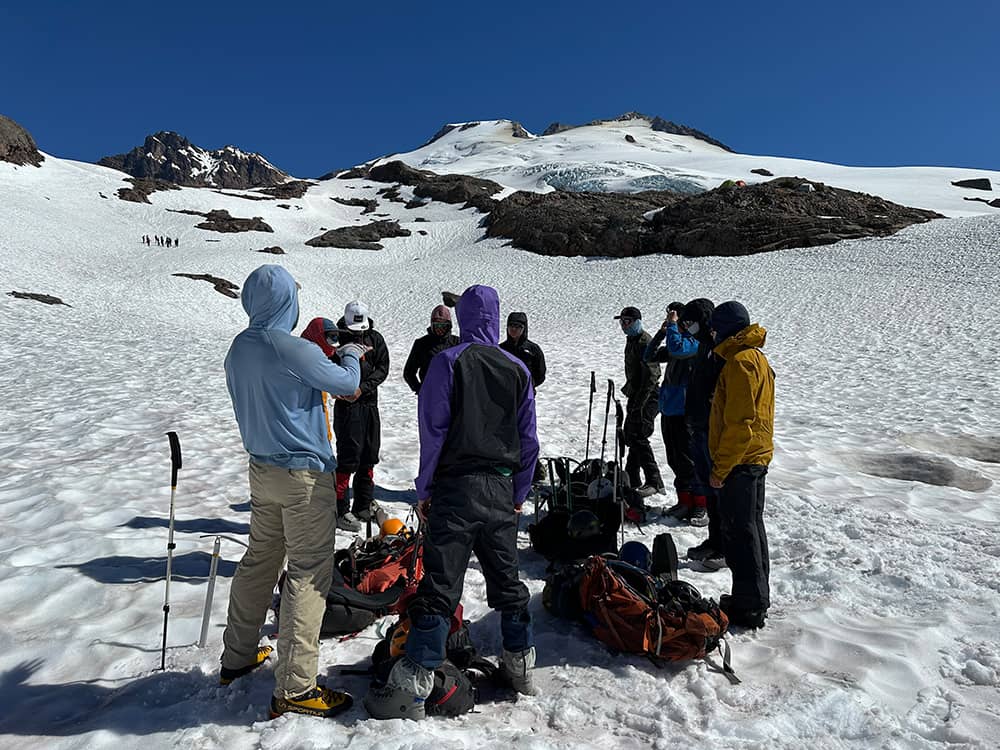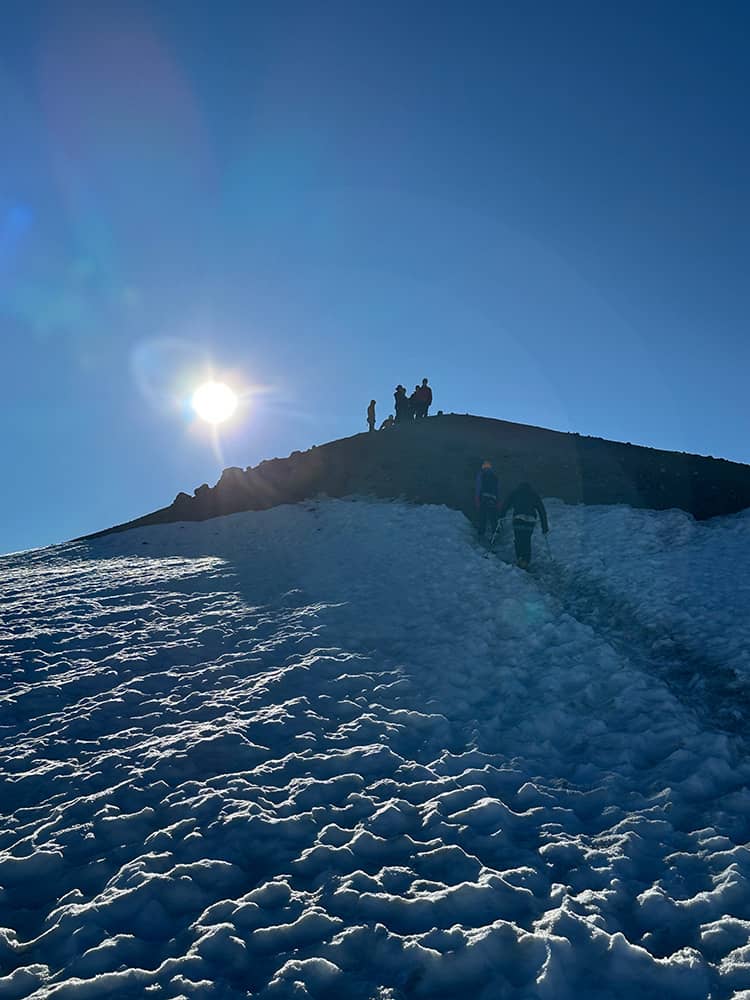How a high school mountaineering trip became a long-term climate research project.
As science advances toward more open, transparent, and collaborative practices, Earth & Space Research (ESR) is positioning itself at the forefront of this transformation. By embracing the FAIR data principles—Findable, Accessible, Interoperable, and Reusable. ESR is not only deepening the impact of its scientific research but also expanding its reach through education, mentorship, and citizen engagement.
ESR’s shift toward agility and inclusiveness extends from its scientific priorities to its educational mission. With the addition of Dr. Michael S. Town to the ESR staff, the organization has deepened its work in youth mentorship, hands-on education, and citizen science. Town brings decades of experience in polar and alpine climate research, coupled with a vision that links rigorous field science with community-based learning. His approach demonstrates that meaningful participation in Earth system science can begin at any age, and that curiosity, when coupled with data, can inspire both discovery and stewardship.
An early expression of this philosophy is the Mount Baker Climate Laboratory (MBCL)—a citizen-science observatory and network founded and led by Town. The MBCL connects students, teachers, and volunteers with ESR scientists to study snow, weather, and climate change in the North Cascades of Washington State. What began as a high school mountaineering trip has evolved into a sustained, student-led climate monitoring program, demonstrating how open science principles can thrive at the intersection of research, education, and community engagement.
The project originated when Town, then a physics teacher, and outdoor program director Chip Mehring observed dramatic changes on the mountain over time. Together, they envisioned layering scientific inquiry onto the school’s annual mountaineering expedition, turning each ascent into an opportunity to collect data about Baker’s shifting environment. With ESR’s support, the collaboration grew into a structured program that provides both mentorship and research experience to high school students.
Today, ESR sponsors the effort and hosts the ESR Summer Institute, where participating students analyze the very data they helped collect. The initiative exemplifies ESR’s broader strategy: blending professional research practices with inclusive, scalable models of participation that build scientific capacity from the ground up.

Each summer, student teams deploy and recover small, inexpensive temperature sensors (iButtons) along different elevations of Mt. Baker. The devices, no larger than a coin, log temperature every few hours, building a continuous record of the mountain’s microclimates. Since 2018, the project has accumulated data from sites spanning Schreiber’s Meadow to the summit, providing insights into temperature lapse rates, snowpack changes, and ecological thresholds relevant to alpine vegetation and glacier melt.
For the students, the experience combines physical challenge, teamwork, and authentic research. They learn mountaineering and field methods, then return to the lab to interpret their findings—connecting real data to broader scientific questions. As one student noted, “It feels like real science, not just a classroom exercise.”
Remarkably, this work has turned into a published data set that can be used to test the fidelity of model simulations and satellite retrievals. Everyone that had a hand in collecting and processing the data is now a published co-author of this work!
The MBCL has become a model for how citizen science can complement professional research and foster the next generation of scientists. For ESR, it also reflects a broader organizational direction: building agility, capacity, and societal relevance by diversifying both the tools and people involved in science.
Through projects like MBCL, ESR demonstrates that actionable science isn’t limited to large institutions or costly infrastructure—it can grow from curiosity, collaboration, and commitment to shared data. The program has produced tangible scientific insights while inspiring dozens of students to pursue environmental and technical fields.

ESR’s collective vision for the future is clear: to uphold scientific rigor, build ESR’s agility and capacity, train the next generation of scientists, and strengthen public understanding of how the ocean, atmosphere, and cryosphere connect and sustain life on Earth.